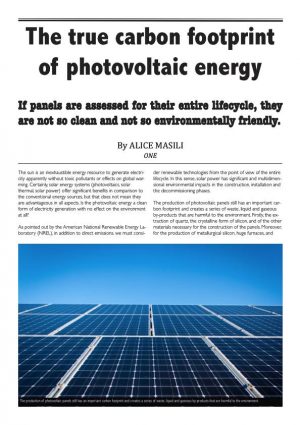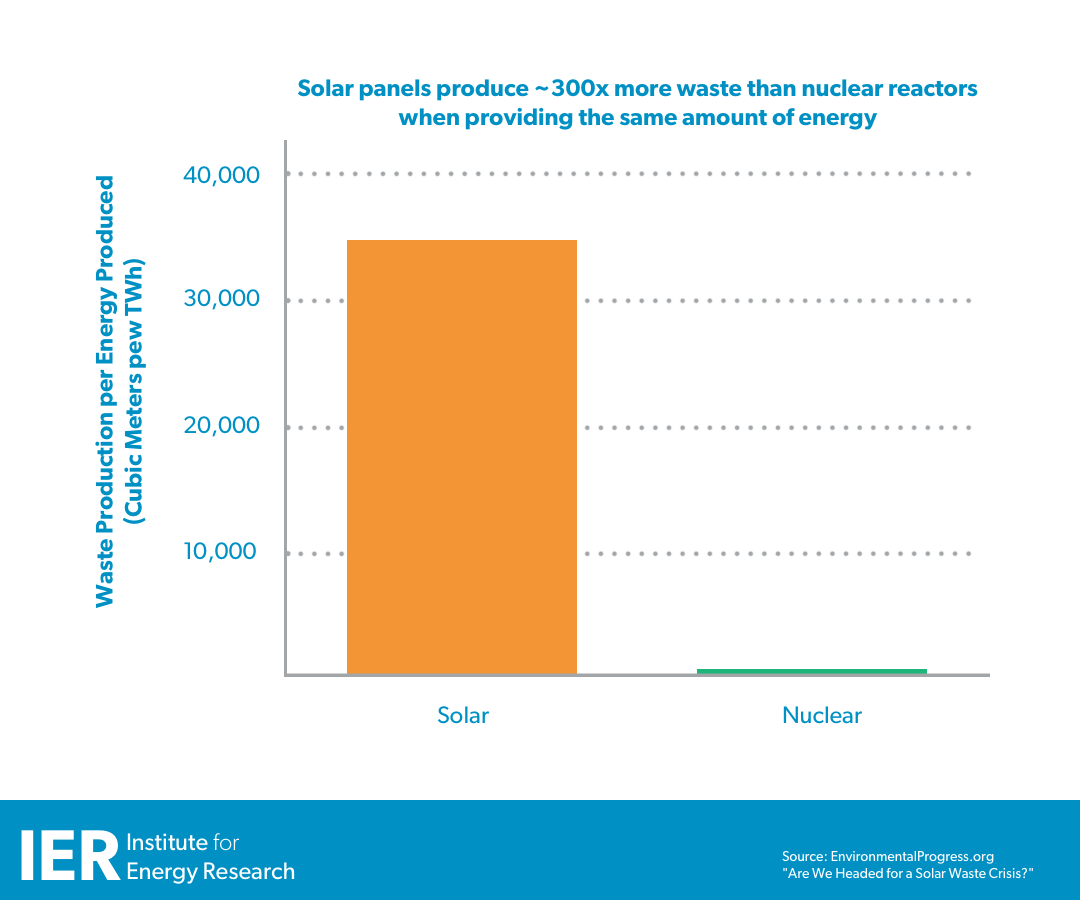Production of these panels consumes substantial amounts of energy and produces waste water and hazardous by products which are released to the air during the manufacturing process.
Environmental impact of manufacturing solar panels.
From production pollutants to manufacturing waste to mining and habitat loss we want to shed some light on the consequences of solar panel manufacturing and how this relates to hawaii s renewable energy future.
An oxidized form of silicon non crystallized silica is the most common component of quartz sand.
Depending on their location larger utility scale solar facilities can raise concerns about land degradation.
The environmental impact of solar panel production the production process of manufacturing solar panels is energy intensive and polluting.
The process starts with mining of quartz sand.
Environmental impacts of solar power land use.
The reduced emissions from using solarenergy versus any fossil fuel especially coal make the technology extremely beneficial.
The predominant negative environmental impacts of solar energy come from producing the solar panels.
Approximately 90 of most pv modules are made up of glass.
Even considering the manufacturing and processing stage of solar the emissions generated are 3x to 25x less than generating the same amount of energy from fossil fuels.
However as in all manufacturing processes some.
Solar pv cells do not use water for generating electricity.
Worse rainwater can wash many of these toxics out of the fragments of solar modules over time.
The environmental impact of photovoltaic panel manufacturing processes has been shrouded in secrecy by leading manufacturers.
They also contain lead cadmium and other toxic even carcinogenic chemicals that cannot be removed without breaking apart the entire panel.





























